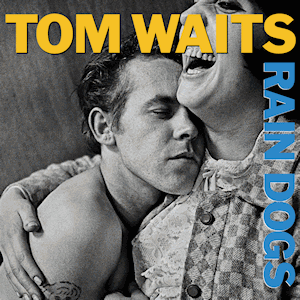
Rain Dogs is the ninth studio album by American singer-songwriter Tom Waits, released in September 1985 on Island Records. A loose concept album about "the urban dispossessed" of New York City, Rain Dogs is generally considered the middle album of a trilogy that includes Swordfishtrombones and Franks Wild Years.
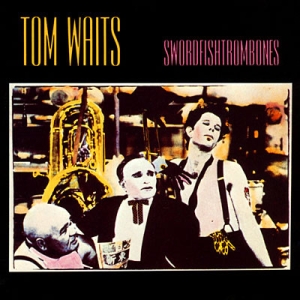
Swordfishtrombones is the eighth studio album by American singer-songwriter Tom Waits, released in 1983 on Island Records. It was the first album that Waits self-produced. Stylistically different from his previous albums, Swordfishtrombones moves away from conventional piano-based songwriting towards unusual instrumentation and a somewhat more abstract and experimental rock approach. The album peaked at No. 164 on the Billboard Pop Albums and 200 albums charts.

Mad Mad World is the second studio album by Canadian rock singer Tom Cochrane, originally released in 1991 in Canada and in the United States on February 17, 1992. The first single from the album, "Life Is a Highway", became a hit in late 1991, reaching number one in Canada and number six on the Billboard Hot 100 in the United States.
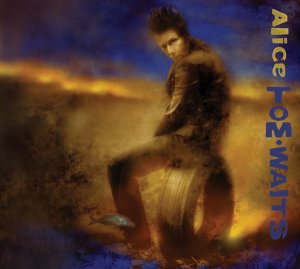
Alice is the fourteenth studio album by Tom Waits, released in 2002 on Epitaph Records. It consists of songs written by Waits and Kathleen Brennan for the opera Alice ten years earlier. The opera was a collaboration with Robert Wilson, with whom Waits had previously worked on The Black Rider. Waits and Wilson collaborated again on Woyzeck; the songs from it were recorded and released on Blood Money at the same time as Alice.

Mule Variations is the thirteenth studio album by American musician Tom Waits, released on April 16, 1999, on the ANTI- label. It was Waits' first studio album in six years, following The Black Rider (1993). The album was backed by an extensive tour in Europe and North America during the summer and autumn of 1999, which was Waits' first proper tour since 1987. Other promotional stops included a solo performance on VH1 Storytellers.

Blood Money is the fifteenth studio album by Tom Waits, released in 2002 on the ANTI- label. It consists of songs Waits and Kathleen Brennan wrote for Robert Wilson's opera Woyzeck. Waits had worked with Wilson on two previous plays: The Black Rider and Alice. Alice was released with Blood Money simultaneously in 2002.
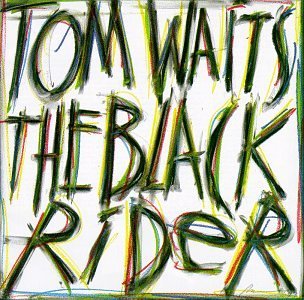
The Black Rider is the twelfth studio album by Tom Waits, released in 1993 on Island Records, featuring studio versions of songs Waits wrote for the play The Black Rider, directed by Robert Wilson and co-written by William S. Burroughs. The play is based on the German folktale Der Freischütz by Johann August Apel, which had previously been made into an opera by Carl Maria von Weber. It is about a clerk who makes a Faustian bargain for magic bullets, with tragic results. The play premiered on March 31, 1990, at the Thalia Theater in Hamburg, Germany. Its world English-language premiere occurred in 1998 at the Edmonton International Fringe Festival. Per the Los Angeles Times, "It’s most easily described as a Faustian musical-tragicomedy."
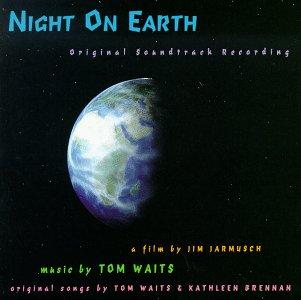
Night on Earth is an album by Tom Waits, released in 1992 on Island Records. It is the soundtrack to the 1991 Jim Jarmusch film of the same name.

Franks Wild Years is the tenth studio album by Tom Waits, released 1987 on Island Records. It is the third in a loose trilogy that began with Swordfishtrombones. Subtitled "Un Operachi Romantico in Two Acts", the album contains songs written by Waits and collaborators for a play of the same name. The play had its world premiere at the Briar St. Theatre in Chicago, Illinois, on June 22, 1986, performed by the Steppenwolf Theatre Company. "If I Have to Go" was used in the play, but released only in 2006 on Orphans: Brawlers, Bawlers & Bastards. The theme from "If I Have to Go" was used under the title "Rat's Theme" in the documentary Streetwise as early as 1984. The title is derived from "Frank's Wild Years", a track from Swordfishtrombones.

Time Machine is the fifth studio album by guitarist Joe Satriani, released on October 13, 1993, through Relativity Records and reissued in 1998 through Epic Records. It is a double-disc album: the first disc contains a selection of new tracks, outtakes and unreleased studio recordings, while the second disc is composed of live recordings from 1988 and 1992.

Flying in a Blue Dream is the third studio album by guitarist Joe Satriani, released on October 30, 1989 through Relativity Records. It is one of Satriani's most popular albums and his second highest-charting release to date, reaching No. 23 on the U.S. Billboard 200 and remaining on that chart for 39 weeks, as well as reaching the top 40 in three other countries.

Pirates is the second studio album by American singer-songwriter Rickie Lee Jones, released on July 15, 1981, by Warner Bros. Records. The follow-up to her 1979 self-titled debut album, Pirates is partially an account of her break-up with fellow musician Tom Waits after the success of her debut album. The cover is a 1976-copyrighted photo by Brassaï.

The Delivery Man is the 21st studio album by Elvis Costello, released on 21 September 2004 through Lost Highway Records. It was recorded with the Imposters at Sweet Tea Studio in Oxford, Mississippi. It peaked at No. 40 on the Billboard 200.

For the Stars is a collaboration album by classically trained Swedish mezzo-soprano Anne Sofie von Otter and Elvis Costello, released in 2001.

Orphans: Brawlers, Bawlers & Bastards is a limited edition three CD set by Tom Waits, released by the ANTI- label on November 17, 2006 in Europe and on November 21, 2006 in the United States.

Heavy Nova is the ninth studio album by English singer Robert Palmer, released in 1988. His first album for EMI Records after a 15-year association with Island Records, it followed Palmer's very successful album Riptide (1985).

Day After Tomorrow the twenty-fifth studio album by the American singer and musician Joan Baez, released in 2008. It was her first studio album in 5 years. The album features songs written by such composers as Tom Waits, Elvis Costello, T Bone Burnett, Patty Griffin, Thea Gilmore and Steve Earle. Earle also produced the album. It was recorded in Nashville between December 2007 and March 2008. The album had the dedication "to my Mom in her 96th year".

Prairie Sun Recording Studios is an audio recording studio located in Cotati, California. It began operations in 1978 with engineer and studio owner Mark "Mooka" Rennick and co-owner Clifton Buck-Kauffman. It is a complex based on a 10-acre former chicken farm with three recording studios, a guest lounge, office building, and guest house facility. The studio is a turnkey destination with facilities for tracking, mixing, and mastering.

Songs of the Ungrateful Living is the sixth solo studio album by the American recording artist Everlast. It was released on October 18, 2011, a follow-up to Love, War and the Ghost of Whitey Ford, by Martyr Inc Records in partnership with EMI. This was Everlast's second record released on his own label.
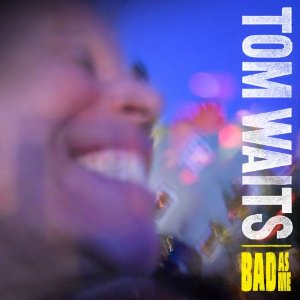
Bad as Me is the seventeenth and most recent studio album by American singer-songwriter Tom Waits, released on October 21, 2011, by Anti- Records. The album is known to have been recorded as early as February 2011 and was officially announced for release on August 23, 2011, on Waits' official web site and various social media networks. On the same day, the title track, "Bad as Me", was released as the album's first single on iTunes.




















